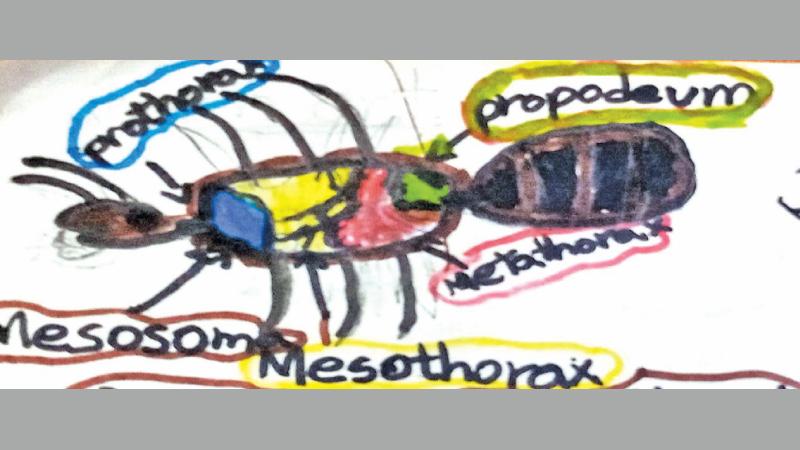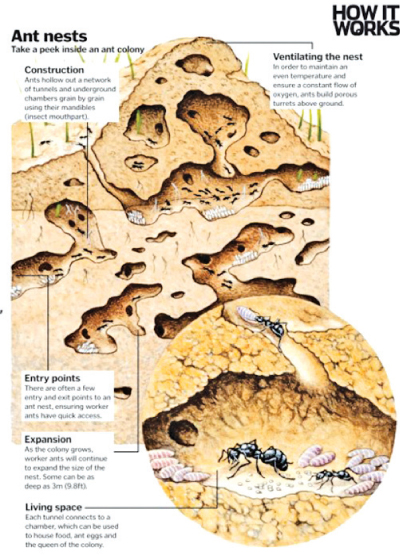
Ants come in various sizes. Some are small while some are very large. They work in unity and many come in different colours depending on the species. They are sociable insects, which means that they live together as colonies. Depending on the species, there could be thousands to even millions of ants in a colony.
The Queen Ant
In some ant colonies, for example, the leaf cutter ant also known as Atta cephalotes, make their homes in leaves or in the soil.
They have these huge fungus gardens which they grow underground and when the queen alate heads off for nuptial flights, they carry a small seed pellet in their mouth.
After mating, the queen drops down to the ground, breaks her wings and makes her nest. In that nest, she plants her seed taken from her fungus garden in her mother colony.
When you’ve successfully caught a queen ant, you must never shake the test tube or open it often.
Its best to keep it in a closet or a drawer and keep the queen in complete darkness, or else the queen might get too stressed and perhaps eat her eggs or stop laying her eggs. Notice how there is no ‘king’ ant? Well, it is because the male alates die after mating. Their purpose in life is reproducing.
The difference between a winged queen ant and a queen ant
The Queen ant is a very important member in a colony of ants. 
If the queen ever dies, either naturally or by some sort of disaster the colony can never regenerate a new queen! Also, when the colony is in the test tube, it's best to keep it there till the colony grows to about 20 – 30 workers.
If you find a queen without wings, catch it as there might be a chance that she has mated.
According to myrmecologists, the lifespan of a queen ant is thirty years. But it varies according to species.
In this stage of the queen ant’s life she grows in her nest till the big day, the day of the nuptial flights. On the day of nuptial flights the queen’s mesothorax and metathorax helps to power the queen’s wings.
After successfully mating she makes a small chamber called a colostral celI in which she raises her first set of workers. called nanitics. As stated earlier, it’s recommended to leave the queen ant alone as she might start laying eggs even with her wings on.
Super majors, workers and the nest
The workers
The workers help out the colony, and they help the queen lay eggs. They feed her and take care of her. A fun fact! Ants are all feminine except the male alates of course!
The Super Majors
The Super Majors are bigger than the workers but smaller than the queen. They help to break down food and carry chunks of it from one place to another.
 The nest
The nest
Ant nests are the physical spaces in which the ants live. These can be underground, in trees, under rocks, or even in a single acorn. The name ‘anthill’ applies to underground nests where the workers pile sand or soil outside the entrance, forming a large mound. The queen lives at the bottom of the nest, making it hard for invaders to reach her first.
The brood of the colony is also kept at the bottom of the nest.
Himal Hasaranga
Grade 8 B
Carey College
Colombo
